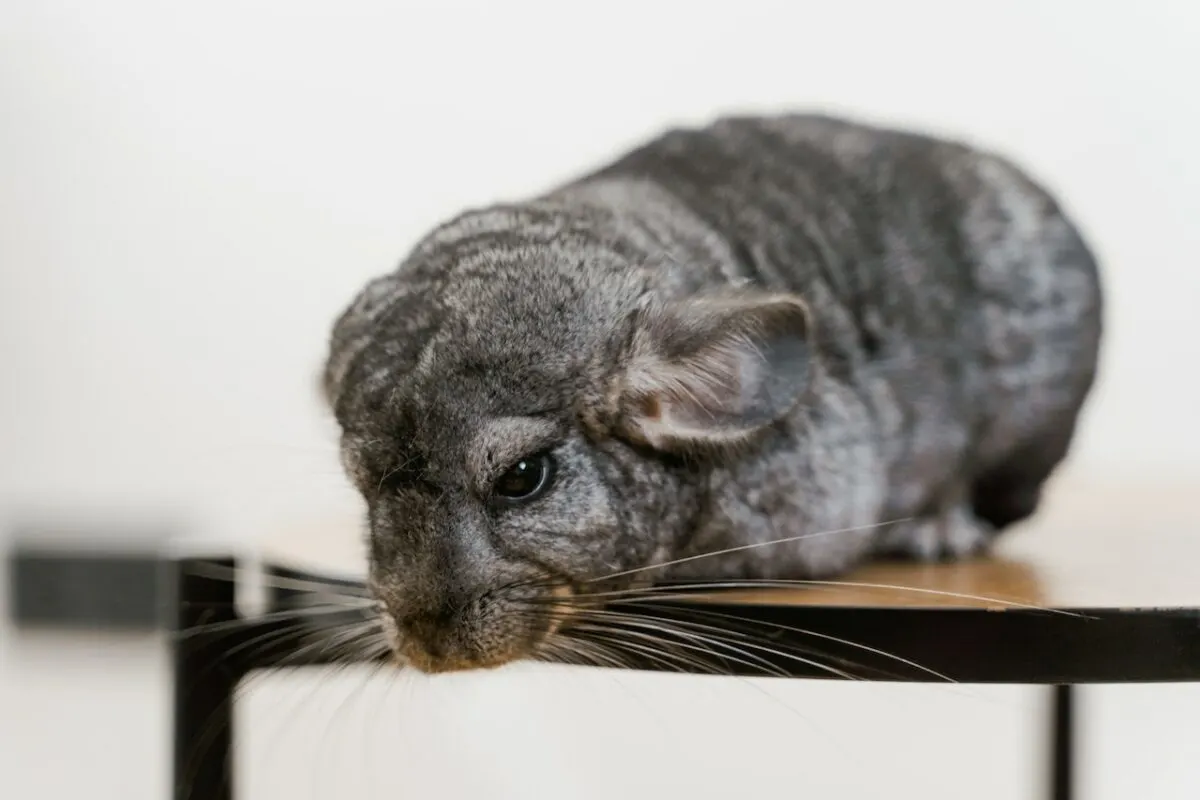In this post we’re going to assess the smallest mammals in the world.
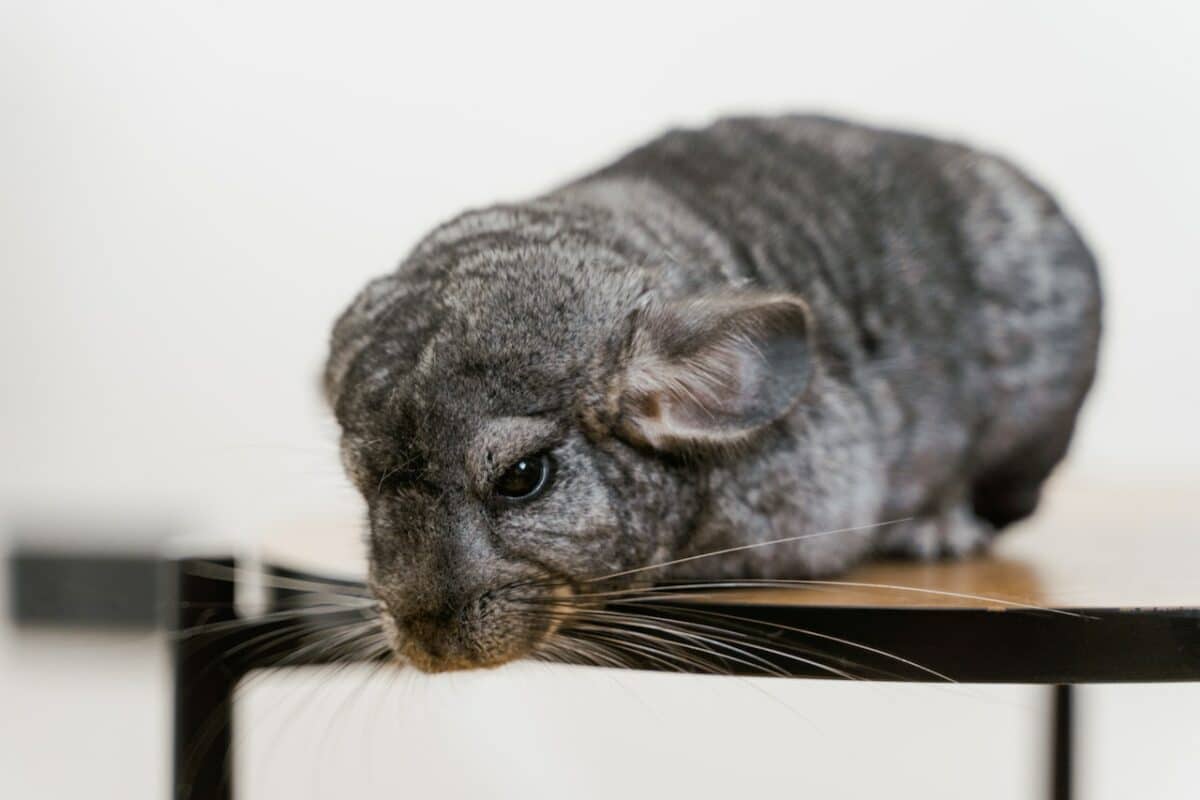
Our world is full of fascinating creatures, but mammals have a particularly impressive variety. As a species, they differ widely in size, shape, and behavior across the globe. It’s amazing how enormous whales roaming the oceans and tiny shrews scurrying under fallen leaves belong to the same category of animals. Mammals truly demonstrate an incredible amount of diversity.
From bumblebee bats to diminutive shrews, these pocket-sized creatures never cease to amaze us with their incredible abilities and adaptations – some even live among other animals twice their size!
Whether you’re a budding wildlife enthusiast or an experienced biologist, this article will provide insight into ten of the minuscule mammals living on our planet today. Or, if you’re like me, you can use these impressive facts as a party-trick.
Keep reading to uncover unique facts and details about each species so you can have an in-depth look at what makes them unique!
Jump ahead to any section of your liking below:
What is a Mammal?
Mammals are an incredibly diverse animal group that shares a few essential characteristics. All mammals give birth to live young and nurture them with milk from their mammary glands (yes, even whales!) They are also endothermic (meaning they generate heat from within their bodies) and have a four-chambered heart. Another universal trait of mammals is the presence of a neocortex, which is a region in the brain.
The 9 Smallest Mammals in the World
The world is home to many fascinating creatures, including some of the tiniest mammals you could imagine. Here are the ten smallest mammals in the world. (If you’re keen to read about the mammals on the other side of the spectrum, i.e. the largest ones, read our post on the largest elephant ever.)
#1 Etruscan Shrew (Suncus Etruscans)
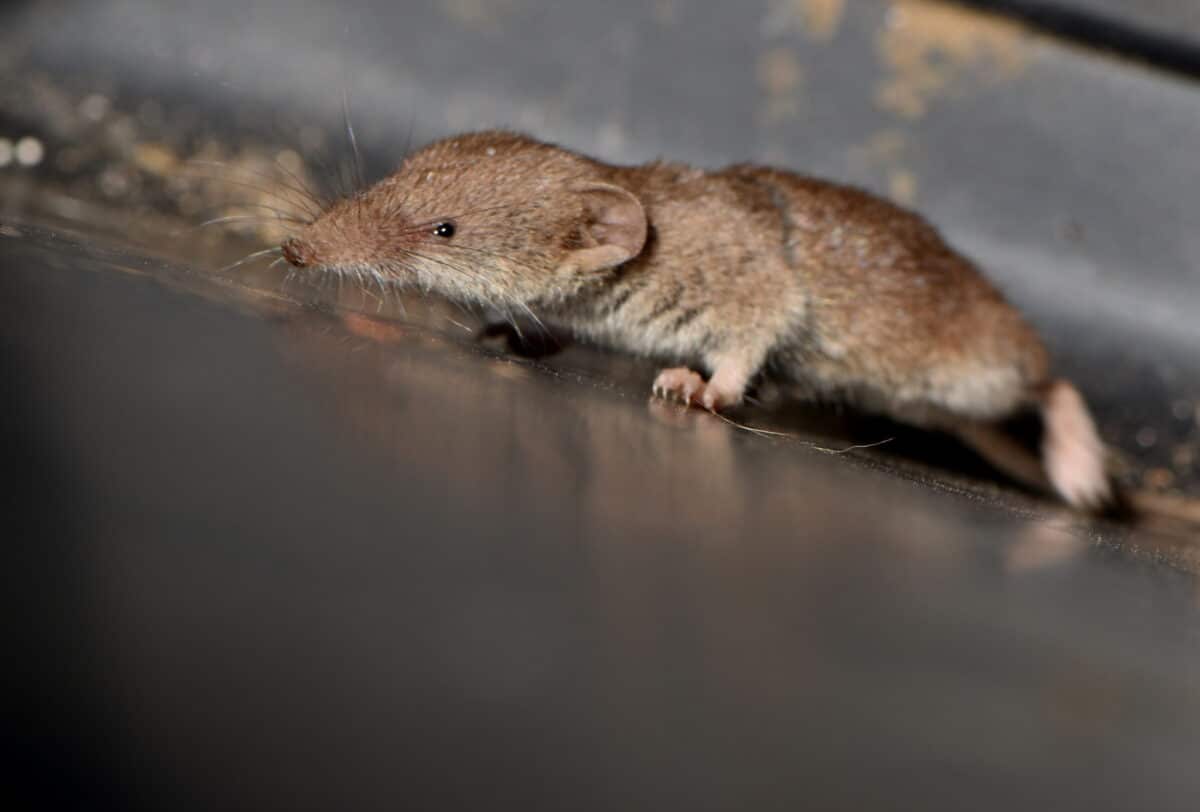
The Etruscan Shrew, or Suncus Etruscans, may be small, but it makes up for its impressive abilities. Weighing less than an ounce, these tiny creatures are known for having the highest metabolic rate of any mammal. They eat nearly their entire body weight in insects daily to sustain their rapid metabolism.
Despite their small stature, Etruscan shrews can run at speeds of up to 6.5 feet per second, making them incredibly agile predators. While they may be easy to overlook due to their size, the Etruscan shrew is a remarkable animal that deserves recognition for its amazing capabilities.
#2 Bumblebee Bat (Craseonycteris thonglongyai)
The Bumblebee Bat, also known as Craseonycteris thonglongyai, is one of the smallest mammals in the world, measuring only about an inch long and weighing less than a penny.
These bats have a unique brownish-gray fur that makes them stand out among other bats. They fly with a distinctive erratic motion that sets them apart from other flying mammals.
The Bumblebee Bat is an endangered species that can only be found in a few locations in Thailand and Myanmar, making them a rare and valuable species that needs to be protected.
#3 Pygmy Jerboa (Salpingotus Michaeli)
The Pygmy Jerboa is a fascinating little creature found primarily in the deserts of Pakistan and Afghanistan.
With its large, expressive eyes and adorable ears, the Pygmy Jerboa is an absolute delight to observe. What’s even more fascinating is how it is adapted to its harsh desert environment.
The Pygmy Jerboa can survive without water for months, thanks to its ability to extract moisture from the insects it eats. It’s truly an impressive feat of evolution.
#4 Pygmy Mouse Lemur (Microcebus Myoxinus)
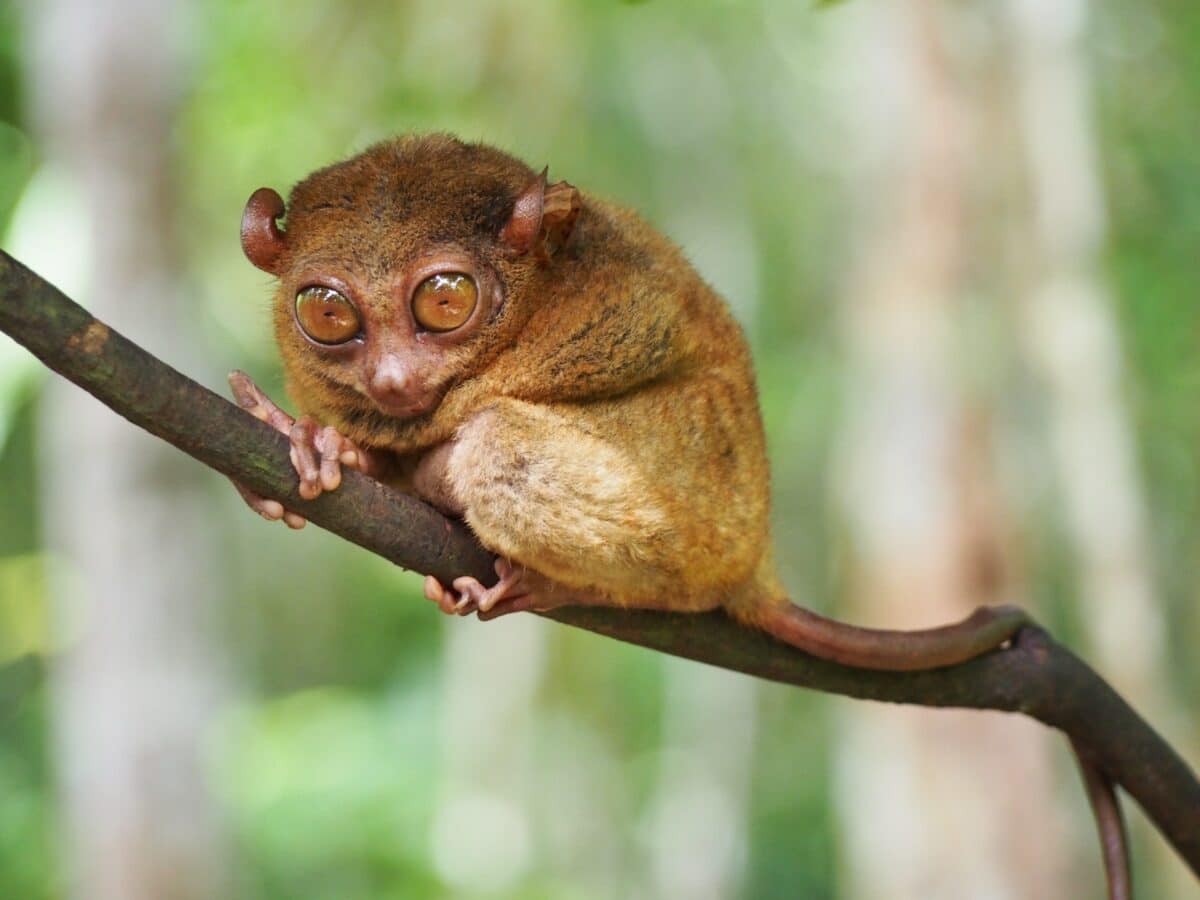
The Pygmy Mouse Lemur, also known as Microcebus myoxinus, is a tiny but fascinating creature inhabiting Madagascar’s forests.
Despite its small size, this lemur has much to offer through exciting behaviors and adaptations. For example, it can enter a state of torpor during the lean season when food is scarce, conserving energy and surviving on very little sustenance.
Additionally, it communicates with others of its kind through a series of high-pitched vocalizations that are both complex and varied. Overall, the Pygmy Mouse Lemur is a remarkable animal and a testament to the incredible biodiversity in many ecosystems.
#5 Long-Tailed Chinchilla (Chinchilla Lanigera)
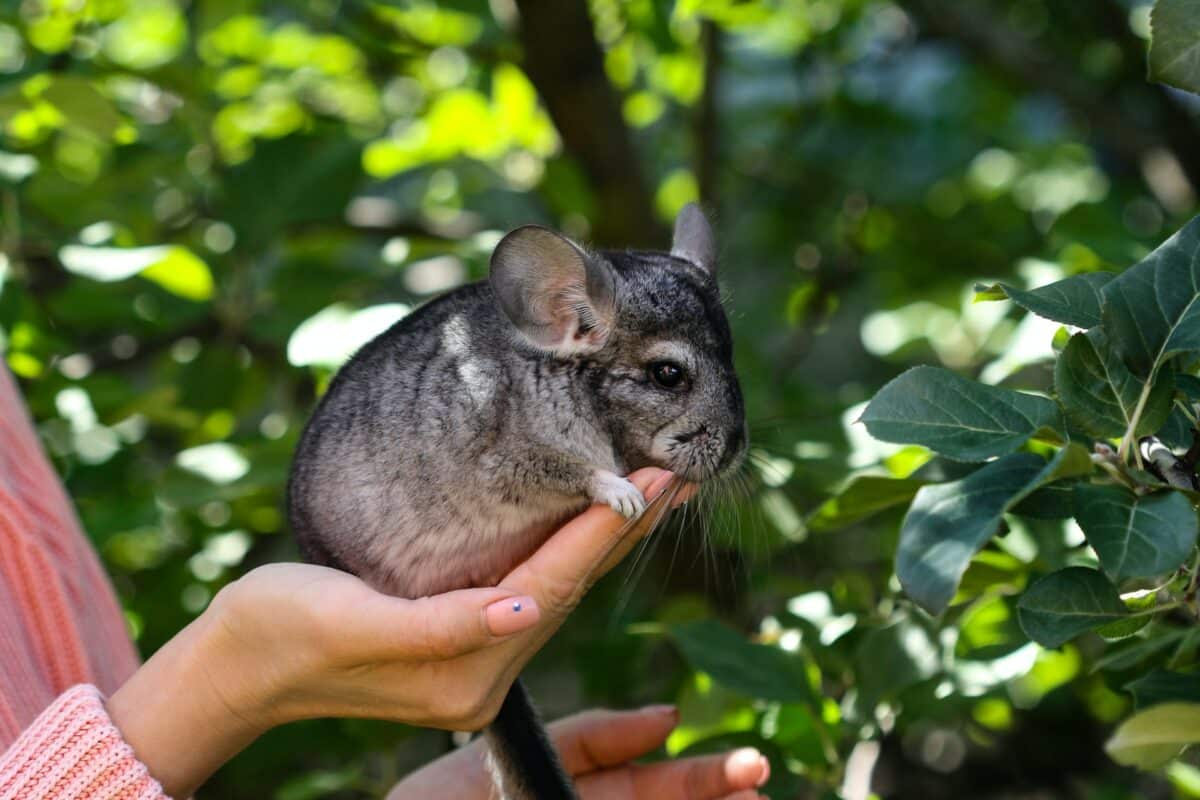
The Long-Tailed Chinchilla, also known as Chinchilla Lanigera, is an adorable and intriguing little creature that inhabits the Andes Mountains of South America. With its soft, luxurious fur and long, bushy tail, it’s no wonder the Long-Tailed Chinchilla has become a popular pet in many parts of the world.
However, these furry critters are much more than just cute companions. The Long-Tailed Chinchilla plays an essential role in its ecosystem – from helping to control insect populations to aiding in soil aeration.
Unfortunately, the Long-Tailed Chinchilla is considered a threatened species. It’s up to us to protect these unique and valuable animals before it’s too late.
#6 Elegant Fat-Tailed Mouse Opossum (Thylamys Elegans)
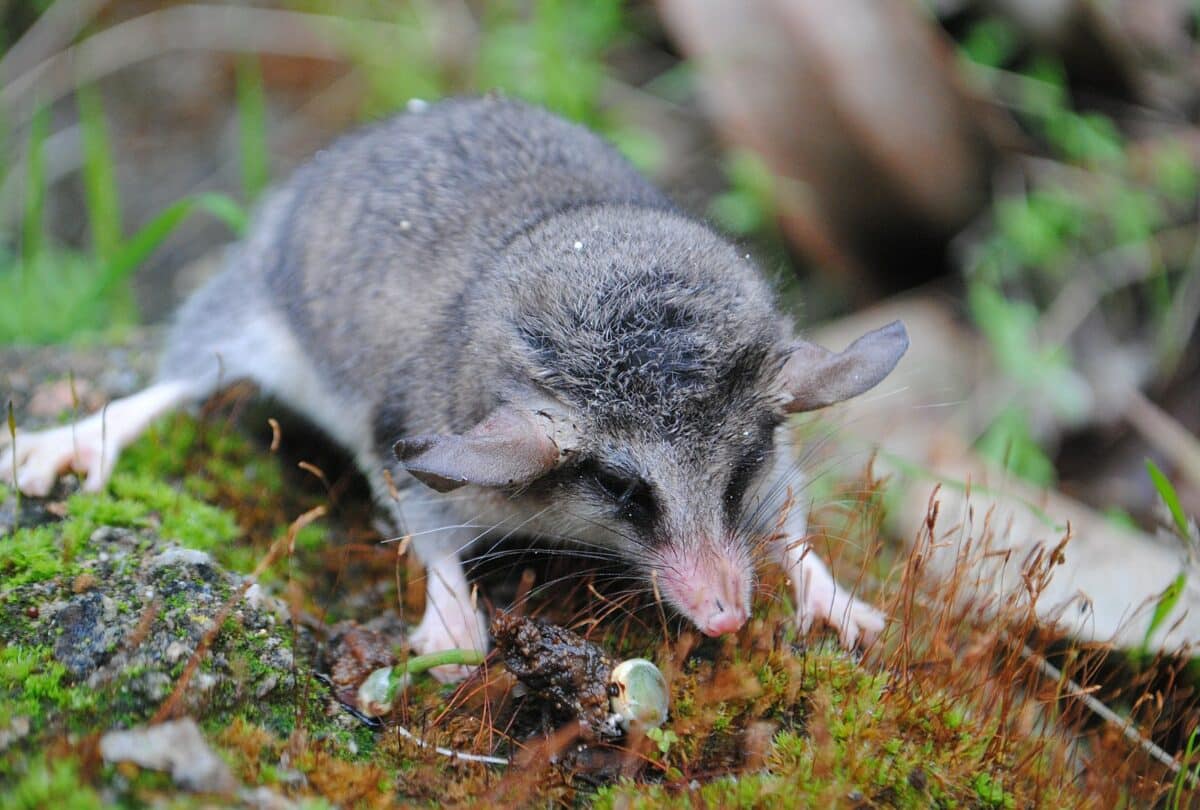
The Elegant Fat-Tailed Mouse Opossum, also known as Thylamys Elegans, is a small marsupial found in the western parts of South America. This nocturnal creature gets its name from its unique fat tail, which is used to store energy and aid in balancing.
Despite its small size, the Elegant Fat-Tailed Mouse Opossum is a skilled predator that feeds mainly on insects and small vertebrates. Its gray-brown fur and bright, curious eyes make it an attractive sight for researchers and nature enthusiasts alike.
While its name may seem odd, the Elegant Fat-Tailed Mouse Opossum is a fascinating animal that deserves respect for its survival skills and role in the ecosystem.
#7 Barbastelle Bat (Barbastella Barbastellus)
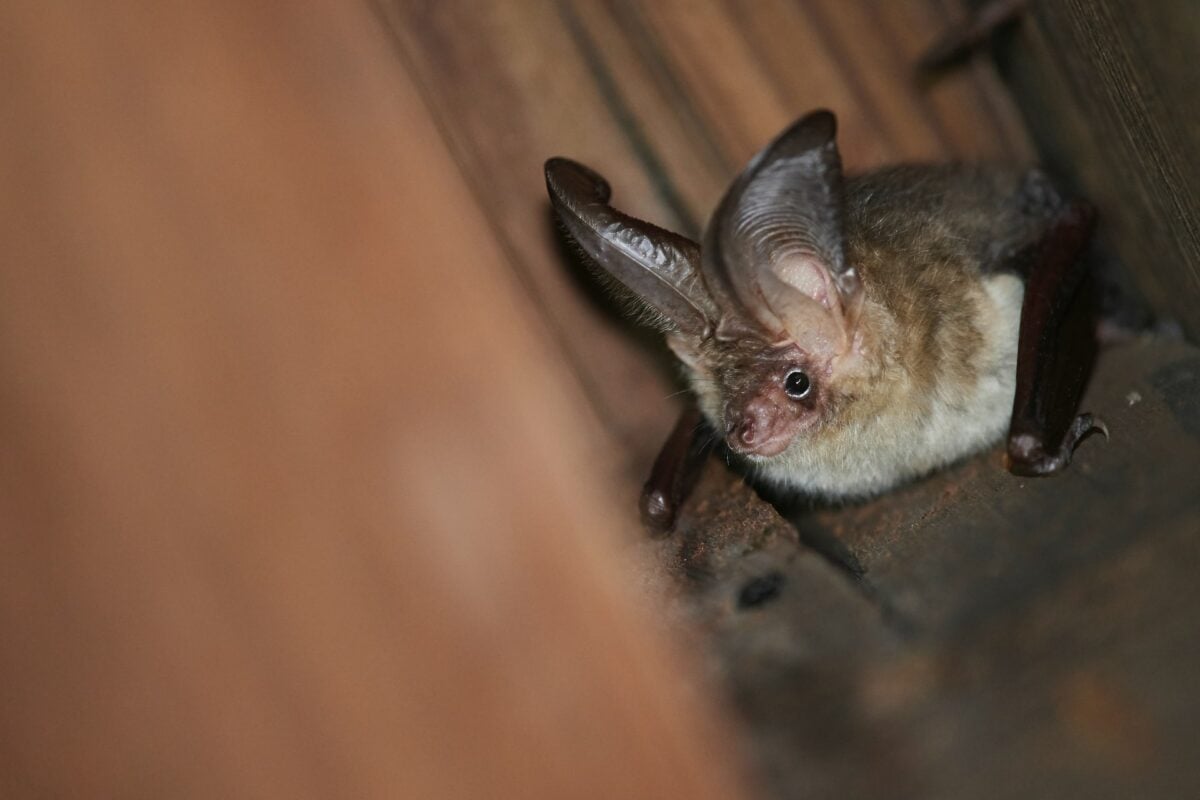
The Barbastelle Bat, also known as Barbastella barbastelle, is a fascinating creature that captures the attention of many wildlife enthusiasts.
This small, insect-eating Bat is found across Europe and Asia and is known for its distinctive frequency-modulated echolocation calls. The Barbastelle Bat’s unique adaptations allow it to navigate and hunt in the dark with impressive precision.
However, despite its widespread distribution, the Barbastelle Bat is considered a threatened species due to habitat loss and disturbance. Efforts are being made to protect these incredible creatures and ensure their survival for years to come.
#8 Gray Mouse Lemur (Microcebus Murinus)
If you find yourself wandering through the tropical forests of Madagascar, keep your eyes peeled for the gray mouse lemur.
These tiny primates, also known as Microcebus murinus, are some of the tiniest lemurs in the world and are found specifically on the island’s eastern coast. Despite their tiny size, they hold an important place in the ecosystem, serving as predators and prey for various species.
While the gray mouse lemur may be tiny, it impacts the lush, verdant forests it calls home – proving you can have an impact no matter your size, even if you’re one of the smallest mammals to exist.
#9 Philippine Tube-Nosed Bat (Murina Ussuriensis)
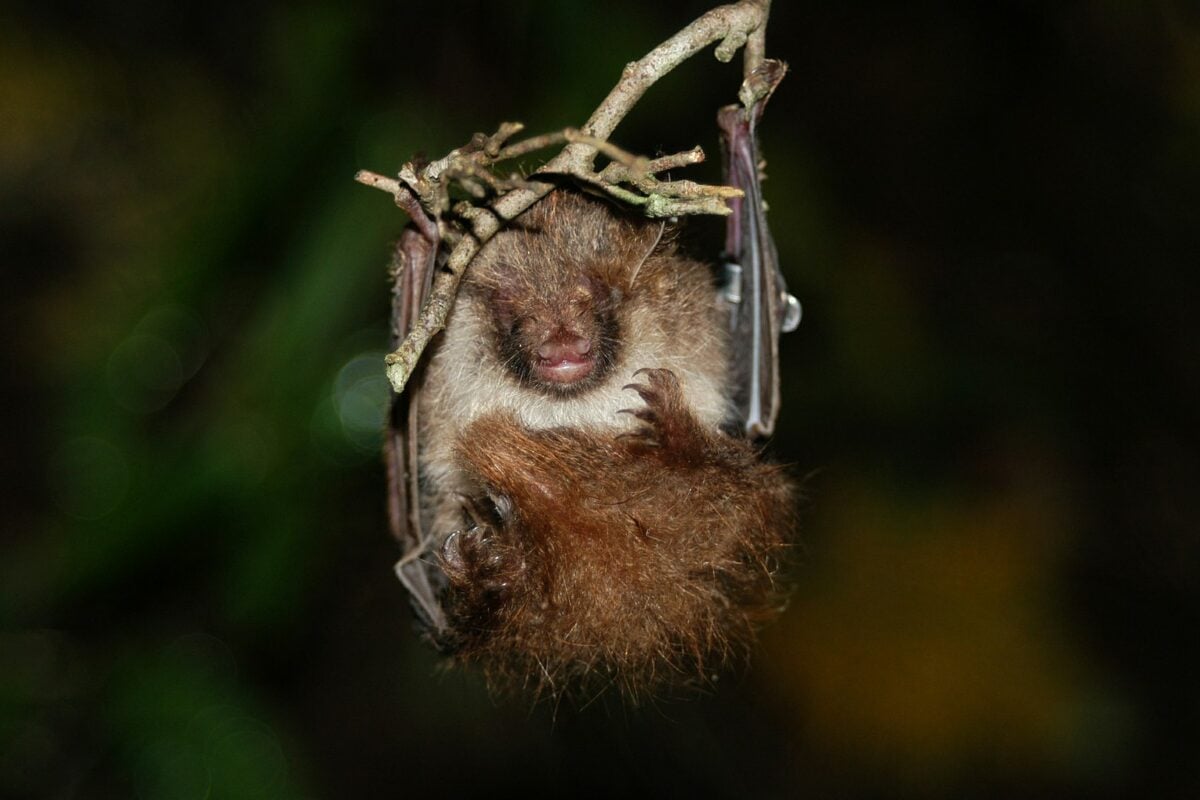
The Philippine Tube-Nosed Bat, also known as Murina ussuriensis, is a fascinating species inhabiting the Philippines’ rainforests.
With its unique tube-shaped snout, this Bat has adapted to drink nectar from the flowers of the forest trees. It is a small bat with a body length of only 1,5-2 inches, with silky brown fur covering its body.
Unfortunately, the Philippine Tube-Nosed Bat is considered endangered. Nevertheless, efforts to conserve and protect this beautiful creature are underway, and it is hoped to continue to thrive for generations to come.
By preserving the biodiversity and beauty of this species, we can work towards a brighter future for our planet.
Wrap-Up
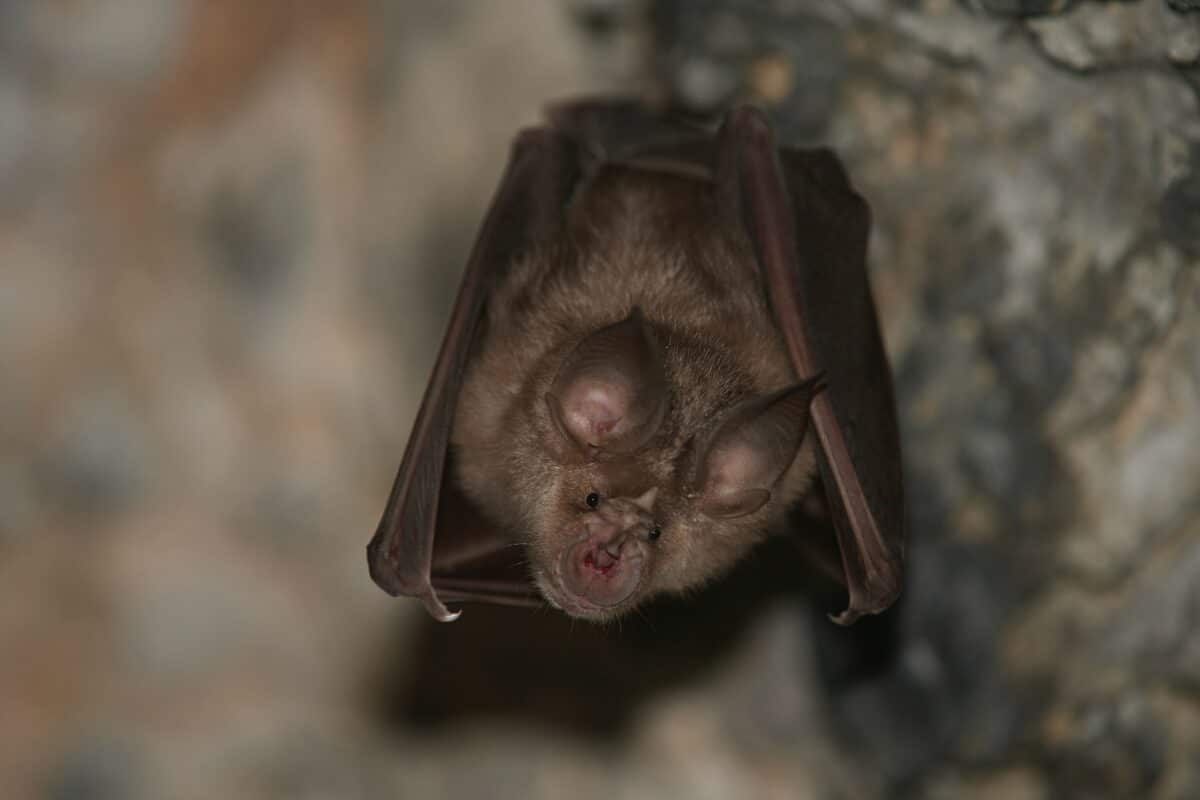
| Key Points |
|---|
| Mammals are an incredibly diverse animal group that, amongst other things, have a mammary gland and a four-chambered heart. |
| From enormous whales roaming the oceans to tiny shrews scurrying under fallen leaves, mammals demonstrate an incredible amount of diversity. |
| These incredibly unique animals are facing threats that require concerted action by humans both locally and globally. |
| From bumblebee bats to diminutive shrews, these pocket-sized creatures never cease to amaze us with their incredible abilities and adaptations – some even live among other animals twice their size! |
To conclude, we have seen the fantastic and fascinating range of animals that are known as the smallest mammals in the world. From the pygmy jerboa to the large-eared hopping mouse, they are diverse and unique life forms.
Unfortunately, due to human activity, these animals all face threats that require concerted action by humans both locally and globally. Ultimately, it is our duty as global citizens to take actions that ensure their survival so that future generations can marvel at their beauty and adaptability.
We must consider how we interact with our environment to minimize any negative impact on nature and its inhabitants. Let’s keep these ten mammals with us for many years to come!
Thank you for reading this article! Now if we look on the other end of the spectrum, there’s some huge animals walking our planet – read our post on The Largest Animal In the World.
- Magpie Bird Is Reunited with Her Dog Best Friend - April 24, 2024
- Dog Saves Another Dog From Drowning in Fish Pond - April 23, 2024
- Man On Motorbike Rescues Cat From Highway - April 23, 2024

